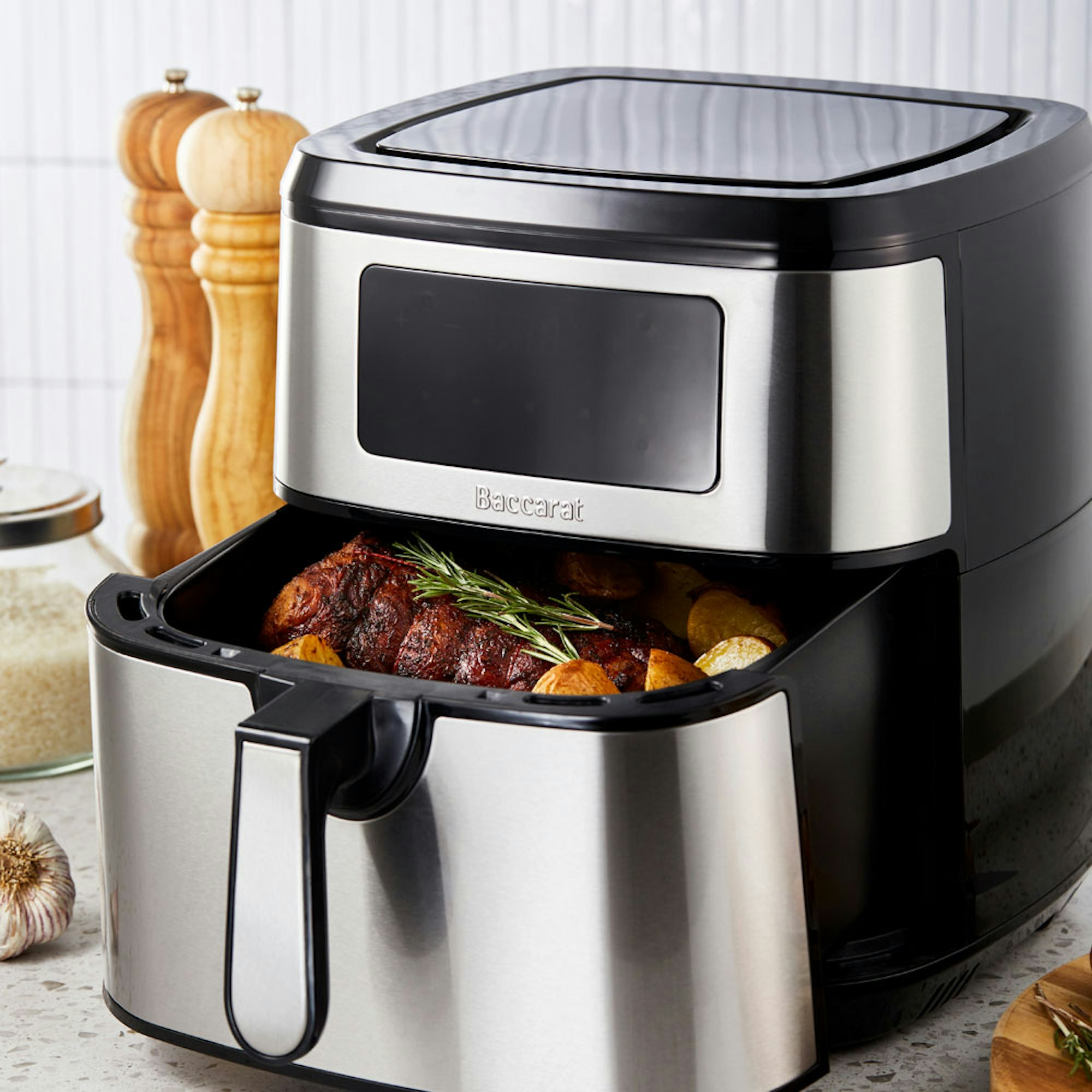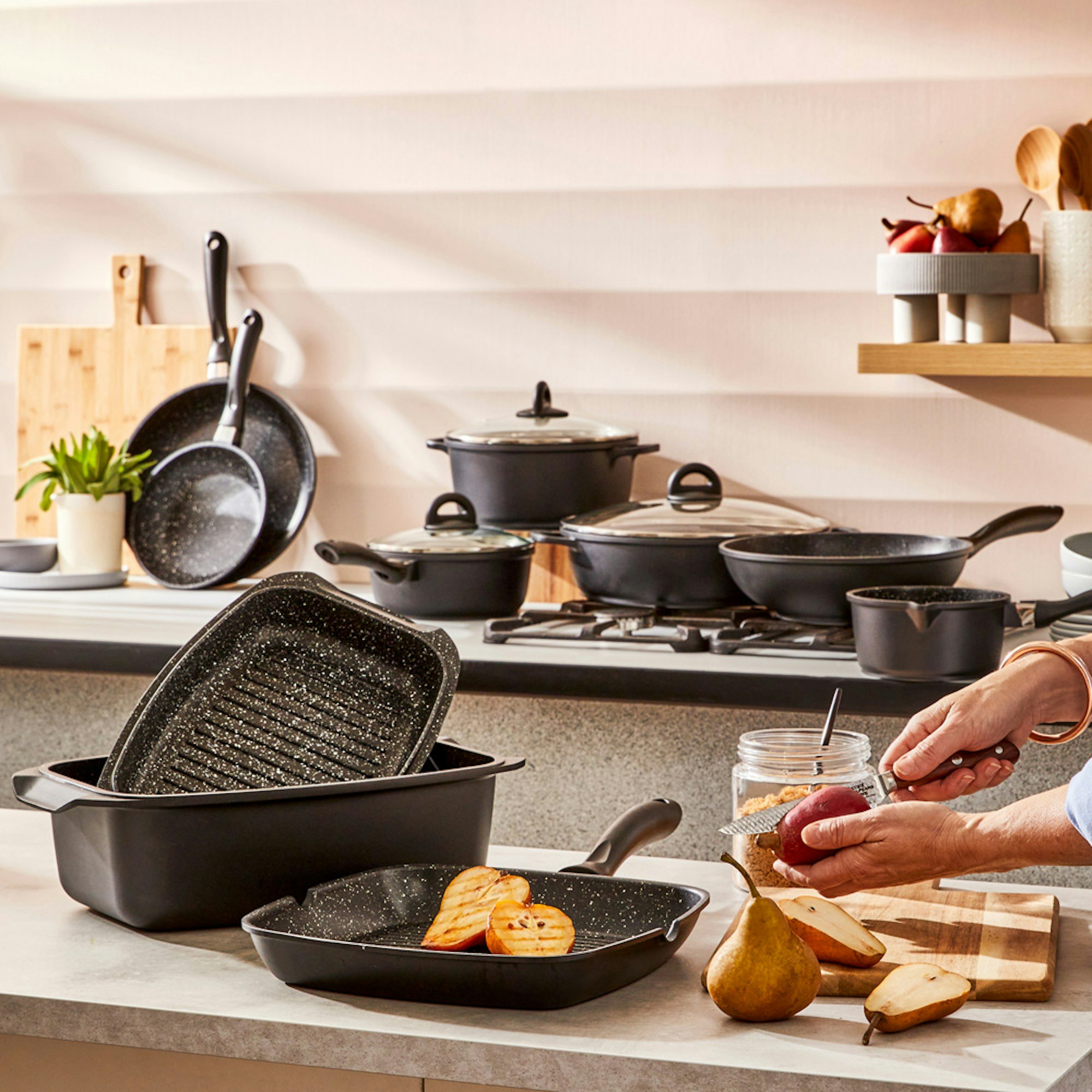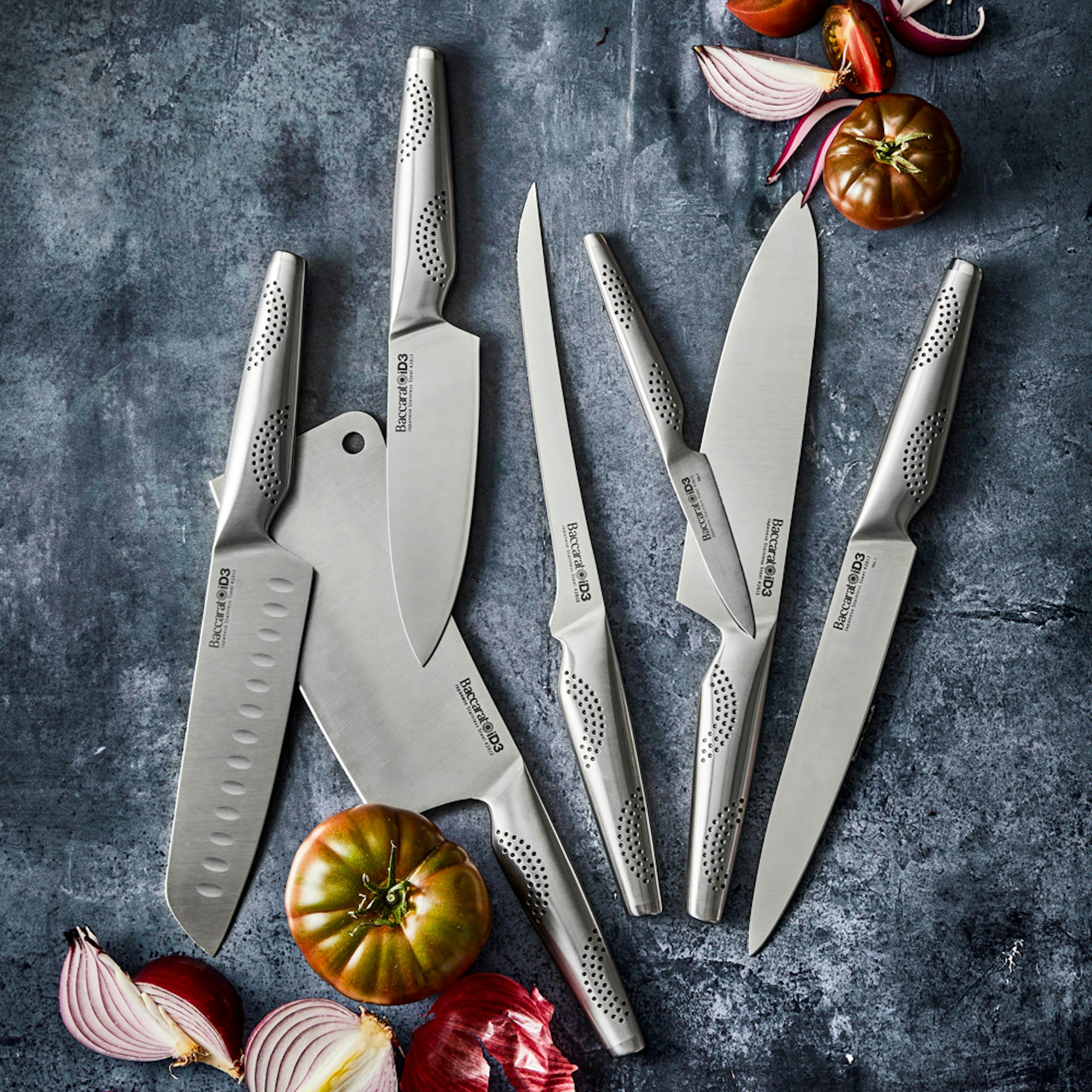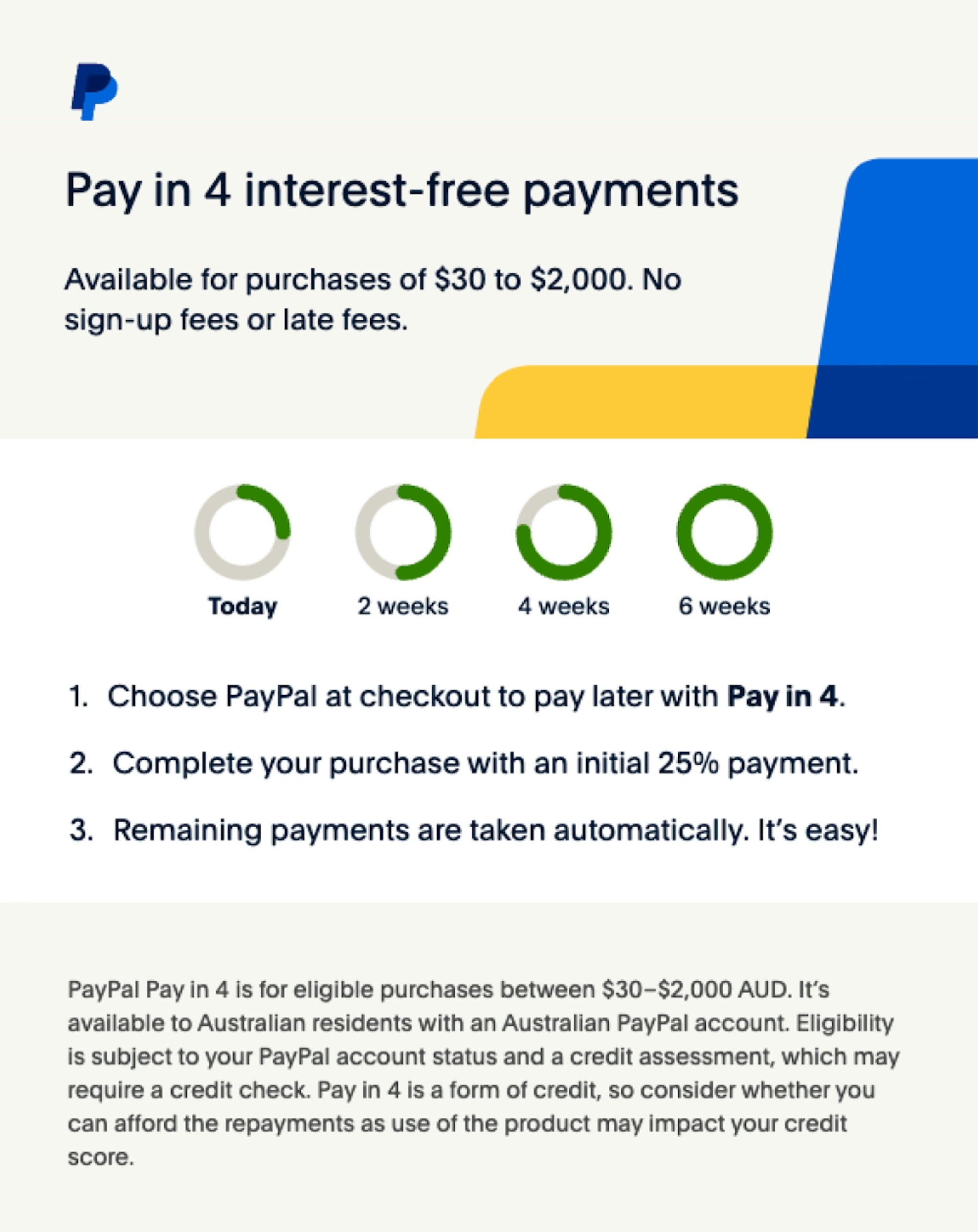New Puppy Checklist – Everything You’ll Need for Your New Best Friend
From beds to grooming to toilet training; we cover everything you will need for your new furry friend.

Adding a new furry member to your family is an exciting time. You’ve settled on the perfect pet, have picked out his or her name, and are counting down the days until you bring your new puppy home. What’s next?
You’re likely wondering what you’ll need to be fully prepared ahead of your puppy’s first day at home. We’ve created this checklist for you so you can make sure you’ve got everything ready for your puppy and won’t have missed anything.
1. Food and Water Bowls
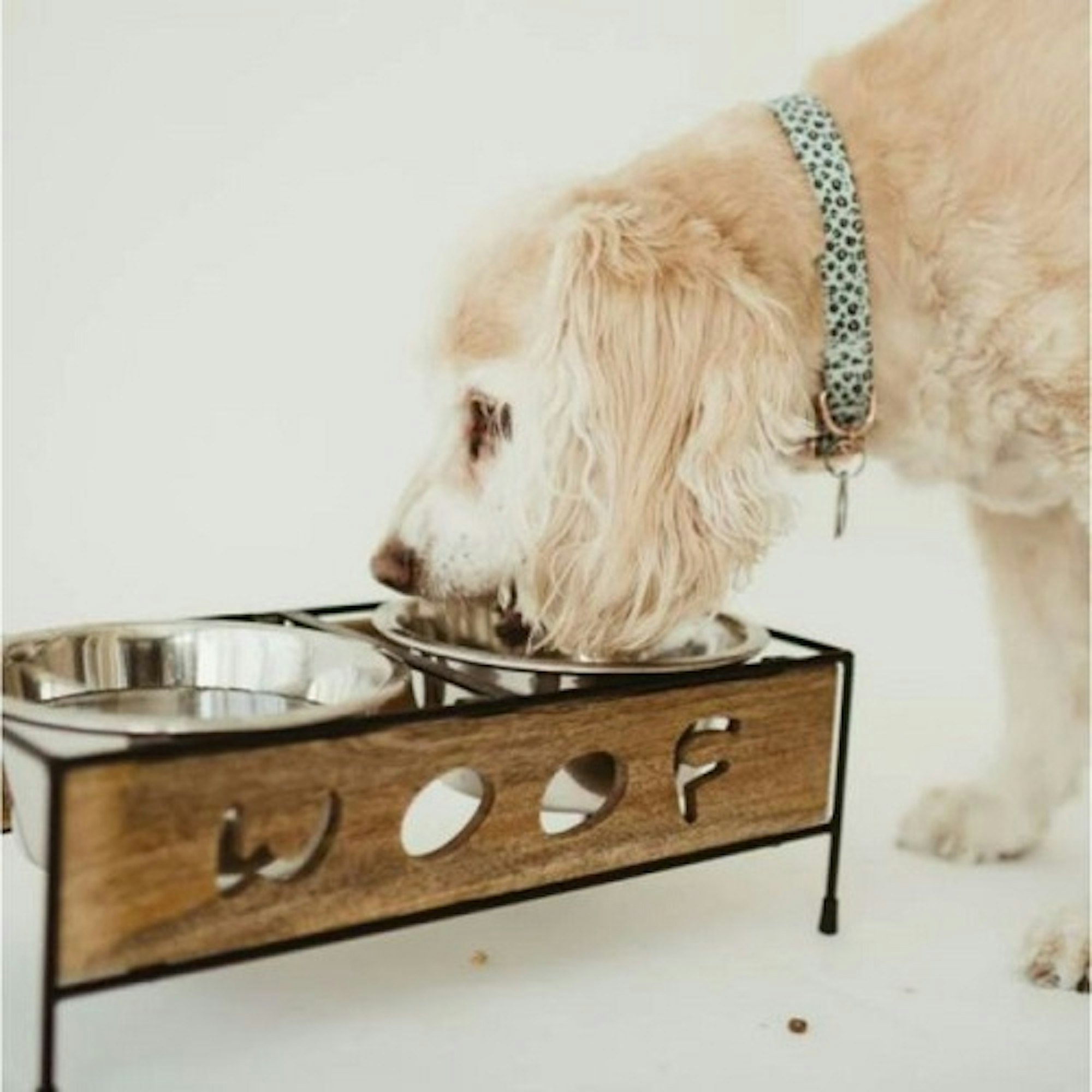
Lots of dog bowls available are made from plastic, and come in heaps of variations of colours, patterns, and styles so you can customise your bowls to your new puppy. Plastic bowls are fine for smaller breeds but may be too light for bigger breeds. Some bigger or more overzealous dogs may get too enthusiastic at dinner time and send a lightweight plastic bowl flying across your floors.
If this is the case, something made from sturdier materials like a ceramic or stoneware bowl is a good option. If your puppy tends to inhale food like he’s a vacuum cleaner, it might also be a good idea to invest in a bowl that’s anti-gulp. Anti-gulp bowls are designed to encourage slower eating by adding obstacles in your puppy’s bowl so he can’t wolf his food down in seconds. Certain breeds that are known for loving food, such as labradors, are more likely to do this. Dogs who eat too fast can experience digestive problems so it’s good to discourage this behaviour early on, especially if your new dog is a young puppy.
2. Walking Equipment

An important thing to remember to include on your puppy’s collar is an identification tag with his name and your phone number on it, just in case your dog gets lost. It’s also a good idea to get an adjustable collar so your puppy won’t outgrow it too quickly.
You’ll need a lead to start taking your new puppy out on walks. For your puppy’s first lead, a longer training lead will be useful when you’re starting out teaching him how to walk politely. A harness is also a good idea if your puppy tends to pull while walking, as it gives you better control. You’ll also need a car harness to keep your puppy safely strapped in for trips to the vet or to the beach.
3. Dog Bed
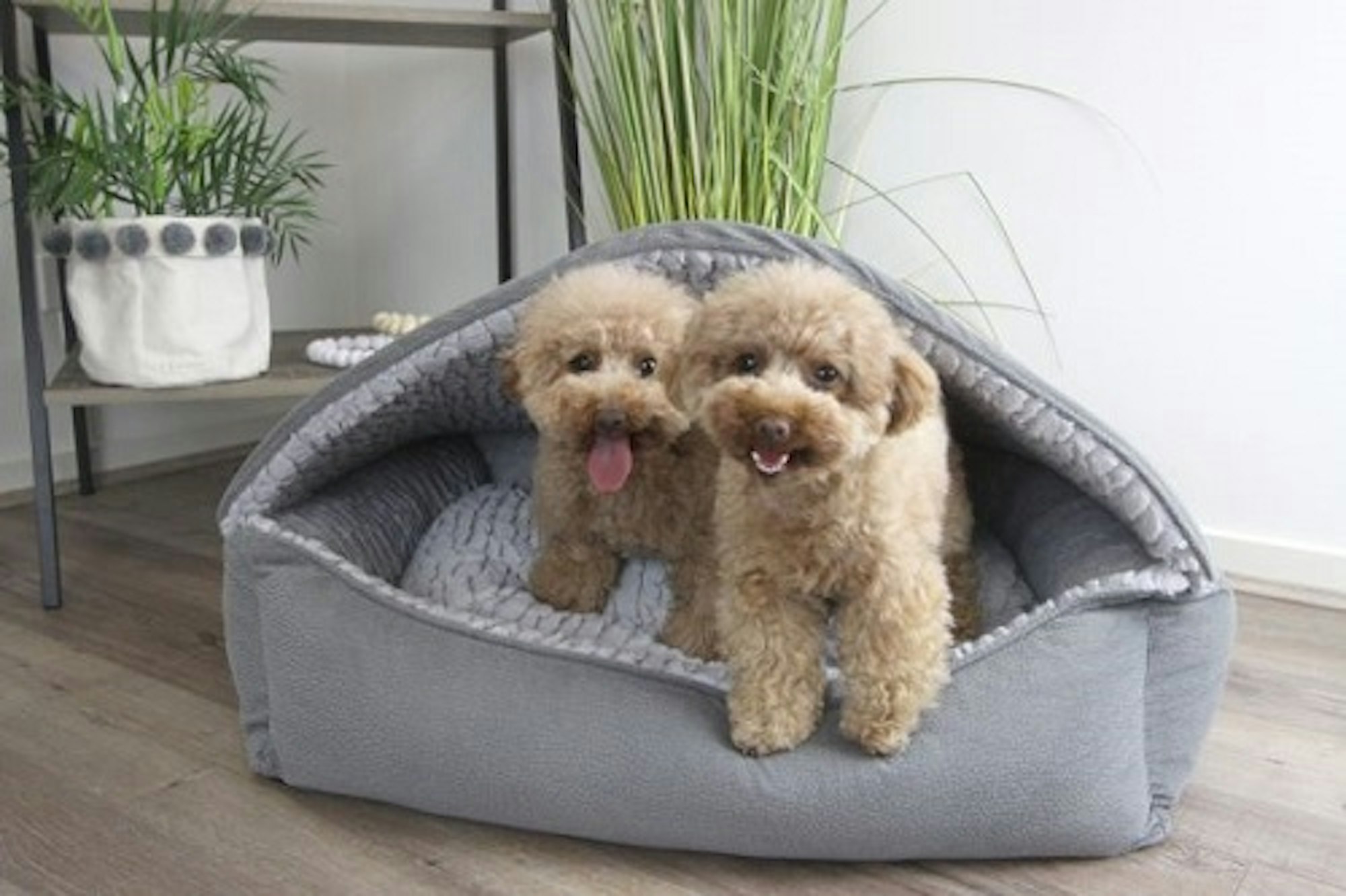
Getting a bed that is easy to clean will also save you a lot of hassle. Beds with removable and machine washable covers are ideal, so you can wash them easily and prevent your dog’s bed from smelling.
It’s also a good idea to get your dog an outside bed as well as an inside one if they’ll be spending a lot of time in the yard. Mattress or hammock style beds are great for outside dogs, especially if they’re made of weather-resistant materials.
4. Crates and Puppy Gates
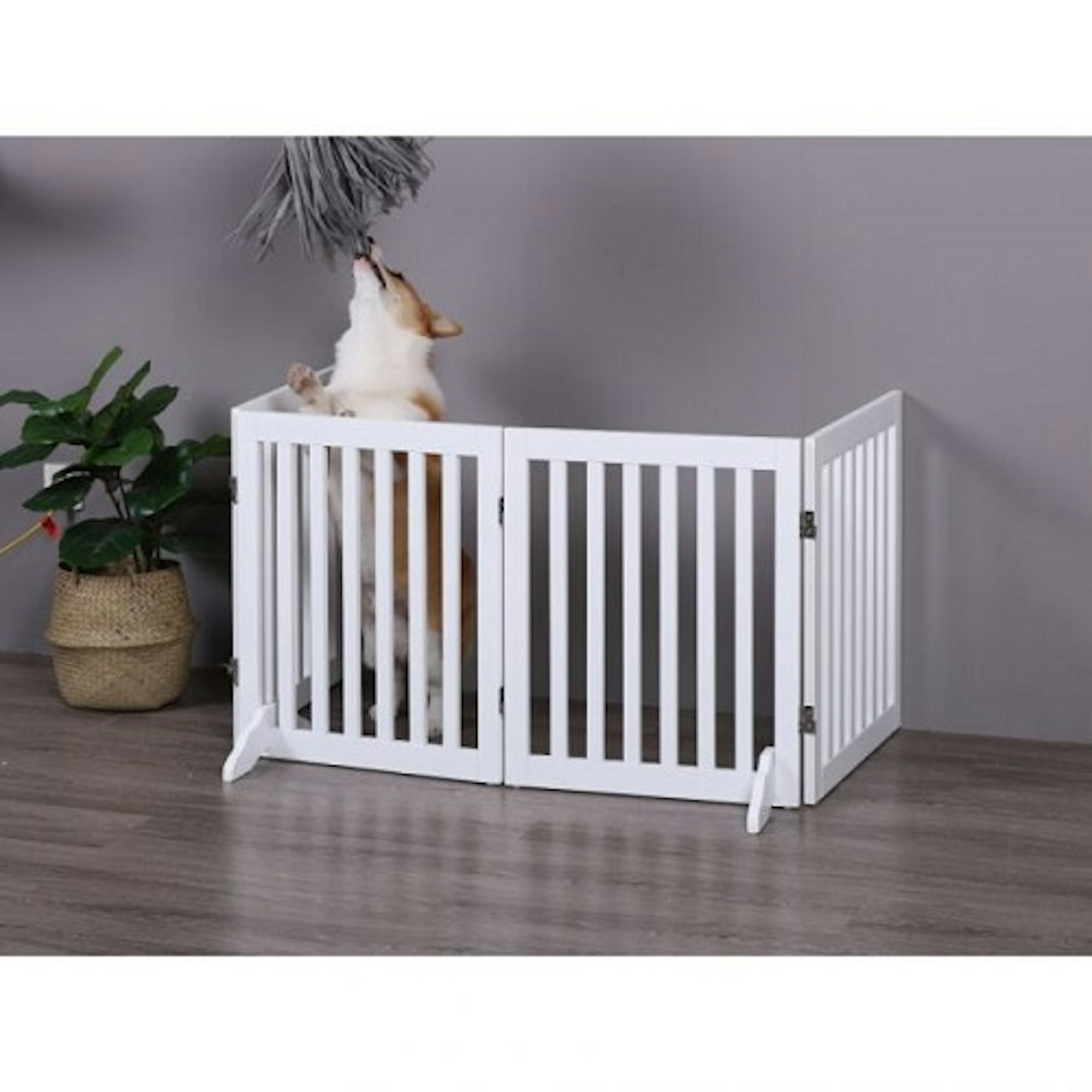
You’ll also need a way to keep your adventurous new friend away from places he’s not supposed to be. Having a puppy crate is a good way to give your puppy his own space that he can retreat to if he’s feeling a bit overwhelmed, or where you can put him if you need to pop out to the shops without your puppy having an accident on your carpets or chewing up your shoes.
Having a crate that is fun and inviting, filled with your puppy’s favourite blankets and toys, is a great way to get them used to the idea so they don’t become upset if they need to spend a bit of time shut in their crate. Having one ready to go when you first bring your puppy home is a good way to do this.
Puppy gates are also useful for when your puppy is young, especially before they’re fully toilet trained if you have carpets you’d rather keep clean and dry. It’s also a good way to get a new puppy gradually used to his new space so he doesn’t become overwhelmed.
5. Puppy Toys

Having a few balls is the first obvious choice – teaching your puppy to play fetch is a great first game to teach them, as it’s easy and fun and will get them in the mindset of learning new things. For a game they can entertain themselves with, Kong toys are a great option. Putting a few dog biscuits or some peanut butter inside will have your puppy distracted and chewing on one of these toys for hours – and not on your shoes or couch!
6. Dog Treats
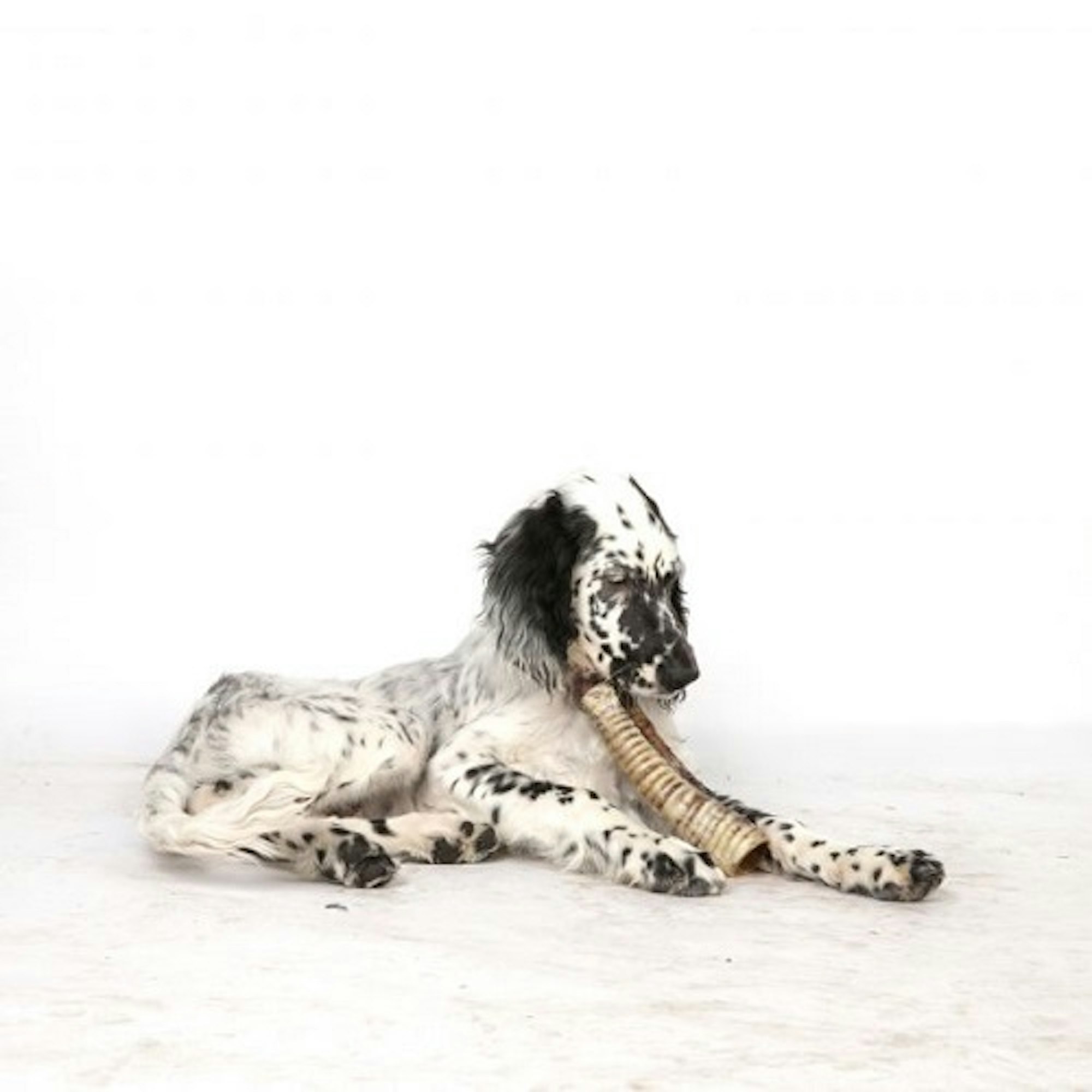
When shopping for treats, make sure whatever you get is age-appropriate and geared towards puppies. Small treats are best for training, as are soft and chewable treats that your puppy won’t choke on if he’s getting overly excited while learning new tricks.
7. Toilet Training Supplies
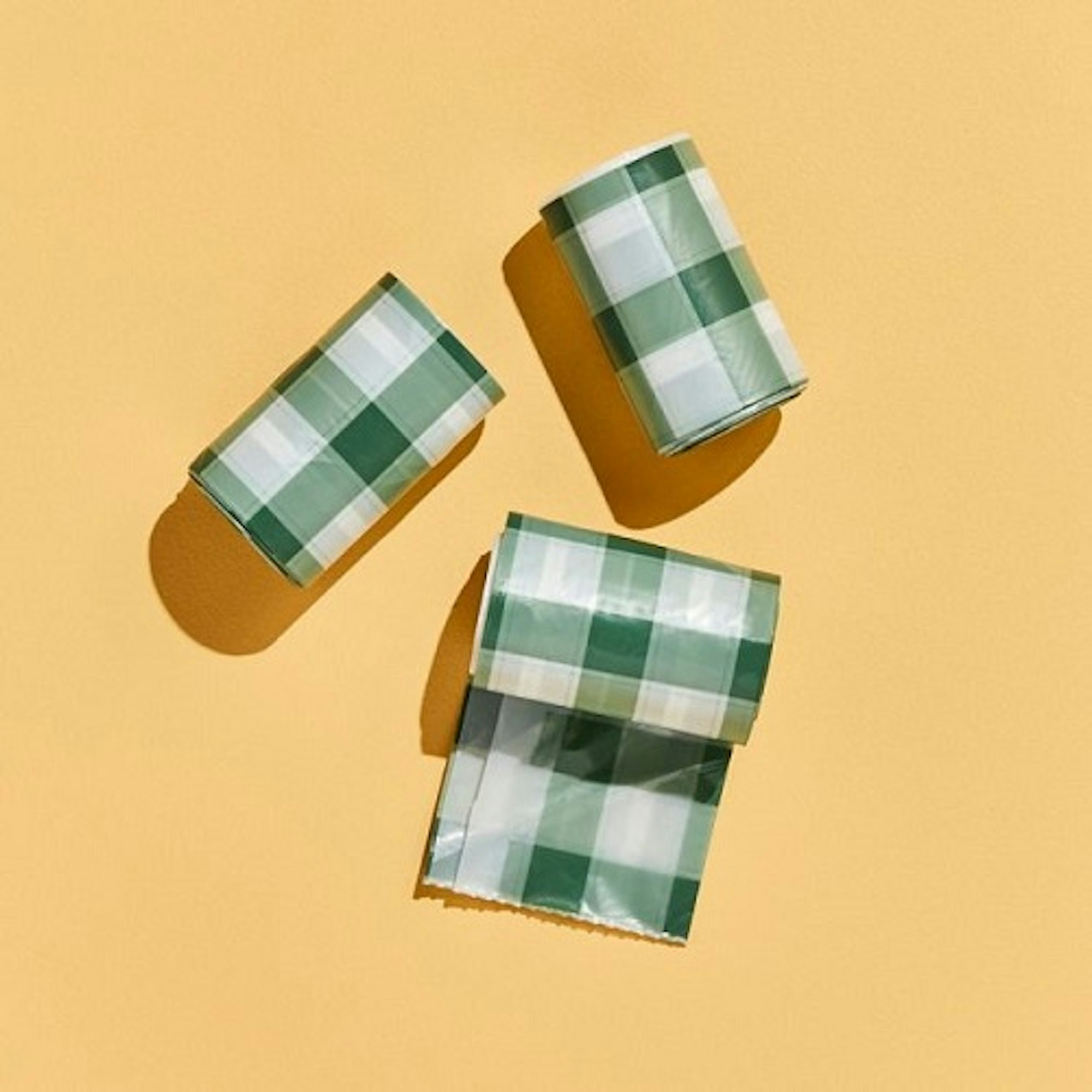
Pee pads are a simple and convenient solution and will help your puppy learn to pee in a specific area, away from his bedding and your floors. They can also be used to transition your puppy to learning to go outside, making them a handy training tool.
8. Grooming Tools
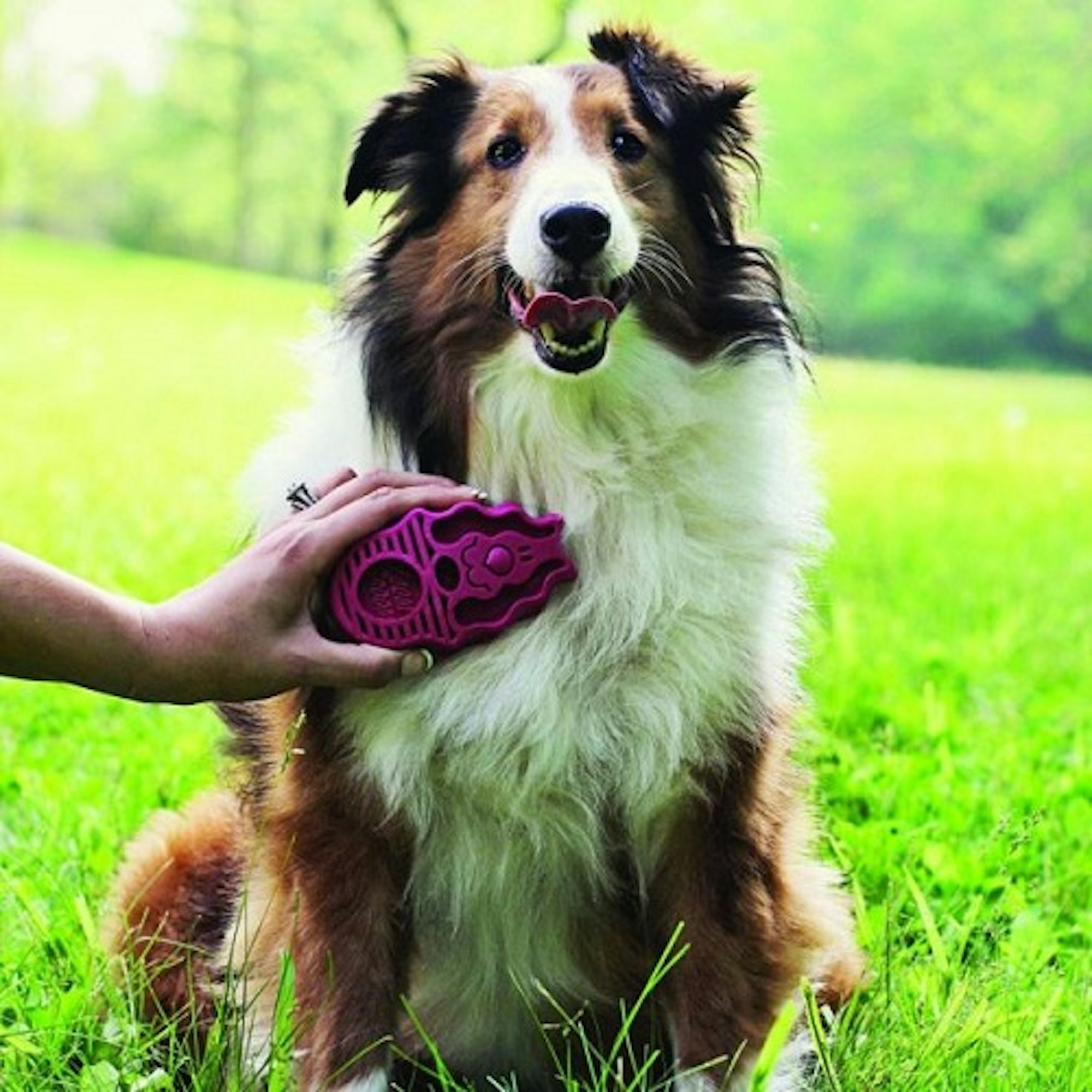
You’ll also need a brush to keep your puppy’s coat smooth and tangle-free. Depending on whether your new dog has long or short hair, there’s plenty of different dog brushes available to suit any kind of fur. Regular brushing will keep your dog’s coat in good condition and help to reduce shedding.
9. Parasite Preventatives
Keeping your puppy safe and making sure they don’t get sick will be your main priority when your new puppy is still young. It’s important to keep puppies protected against the four main parasites that affect dogs, which are fleas, ticks, intestinal worms, and heartworms. You can get chews which offer protection specifically for puppies against these parasites and taste like a normal treat so your puppy will be happy to eat them.
Regularly checking your dog’s coat for ticks is another safety precaution to remember to do regularly. Dog’s tendency to play in the dirt and bushes and with other dogs means they are susceptible to picking up ticks, so it’s important to make sure you’re checking for them often.
10. Chew Stop
The one downside of puppies is that they love to put everything in their mouths – and this can mean a few of your belongings end up with chew marks. Making sure puppies have plenty of toys to chew on will help to stop them from eating your cushions or shoes, but it might take a little while to teach them what is and isn’t okay to chew on.
One easy way to prevent this is by buying some chew stop, which is a spray that comes in a bottle you can easily apply to things you don’t want your puppy chewing on. It’s designed to taste bad so it’ll put your puppy off chewing whatever it is you want to protect.
In Summary
With this checklist you’ll be sure to have everything you need to make sure your new puppy is healthy and happy. If you’re ready to start shopping for your new puppy now, you’ll find all of these essentials and more on the wide range of pet accessories available on House.

